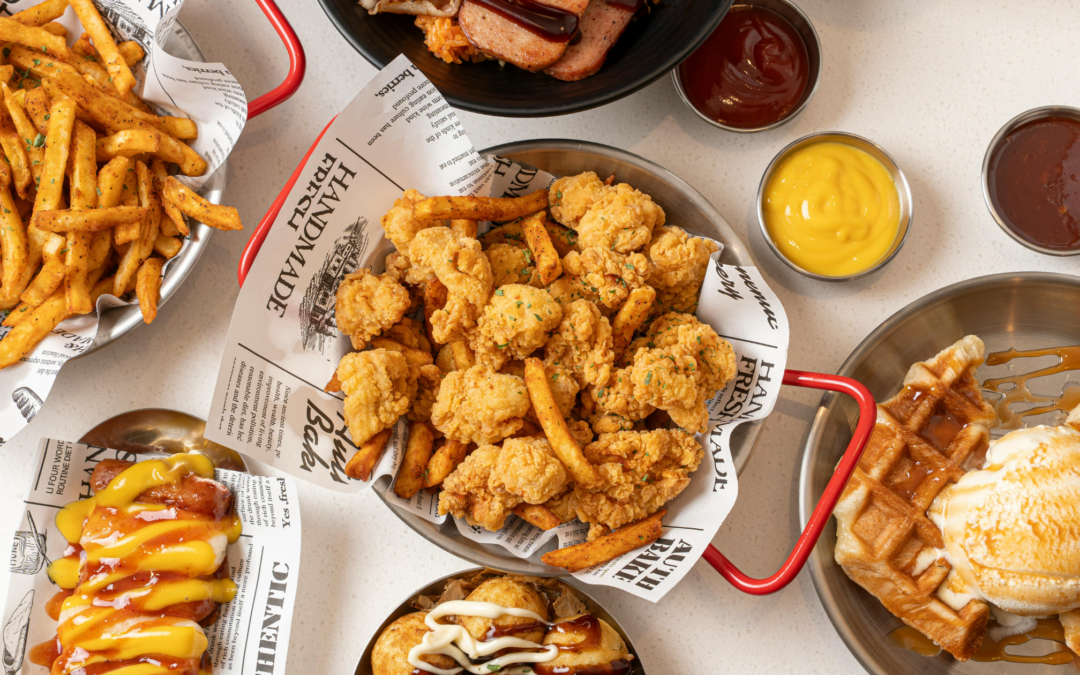Fast-casual franchises are a staple of the dining sector, bringing a unique take on speed, quality control, and brand engagement. Franchise operators have matured from their early focus on experimentation and niche appeal into highly structured businesses that leverage supply chain discipline, brand differentiation, and menu innovation to capture share across multiple demographics. The current environment rewards those systems that understand both the operational efficiencies of quick service and the consumer-driven emphasis on perceived freshness and customization.
Growth Anchored in Operational Sophistication
Investment in fast-casual franchises increasingly centers on scalable models supported by advanced data capabilities. Multi-unit operators rely on precise demand forecasting, effective inventory controls, and advanced labor scheduling technology to maintain their margins in an environment of rising costs. Unlike earlier waves of expansion, where sheer footprint growth defined success, today’s leading brands emphasize unit economics that withstand fluctuations in commodity prices and labor markets. This approach reflects the professionalization of franchise systems, where private equity, institutional investors, and multi-brand operators scrutinize profitability metrics before committing capital.
Operational discipline extends to real estate strategy. Prime urban corridors once defined the category, but franchise operators now favor suburban and secondary markets where delivery, drive-thru, and pickup models integrate more seamlessly. Landlords have also recognized the enduring traffic-driving power of fast-casual brands, often structuring favorable leases to anchor new developments. These shifts in site selection reveal a franchise environment less concerned with trend-driven growth and more focused on sustainable, diversified footprints.
Consumer Expectations Driving Menu and Experience
Culinary positioning continues to evolve as fast-casual chains refine their approach to balancing innovation with reliability. Customers demand the consistency of established favorites while expecting rotating offerings that reflect broader food trends and regional influences. Brands respond with modular menu platforms that allow cost-effective seasonal updates without disrupting core supply chains. The ability to test limited-time offerings and rapidly scale successful items system-wide has become a hallmark of the strongest players.
Equally critical, the guest experience now extends well beyond the four walls of the restaurant. Mobile ordering platforms, integrated loyalty programs, and third-party delivery partnerships represent standard requirements rather than differentiators. Franchise operators measure success through digital engagement metrics that mirror e-commerce benchmarks, with customer acquisition and retention strategies increasingly resembling those of direct-to-consumer retail brands.
Investment Outlook and Market Pressures
Even though capital continues to flow toward fast-casual franchises, investor scrutiny has intensified. Rising buildout costs and construction delays have slowed expansion for smaller systems, while established brands with proven throughput and digital adoption draw more favorable terms. Inflationary pressures remain a constant factor; however, many franchises offset these through menu engineering, automation, and shared services across their multi-unit portfolios. The capacity to adapt pricing without eroding perceived affordability defines much of the current competitive landscape.
Mergers, acquisitions, and portfolio consolidations illustrate another layer of market maturity. Larger operating groups view fast-casual units as reliable cash-flow contributors, often bundling them with complementary quick-service or casual dining assets. This consolidation reflects a more disciplined investment climate where scale and systemwide efficiencies outweigh the speculative growth stories that once dominated the segment.
Fast-casual franchises have transitioned from disruptors to established mainstays of the foodservice industry; their continued success depends less on novelty and more on integrating operational precision, technology-driven engagement, and disciplined growth strategies. Operators and investors who understand these dynamics position themselves to capitalize on the next phase of expansion, where scale and adaptability matter as much as culinary innovation.
For stakeholders and professionals seeking clarity on valuation for franchise systems, our team at Appraisal Economics delivers the detailed financial analysis and market insight necessary to guide investment decisions and long-term strategic planning. For more information visit our Food & Beverage page!

